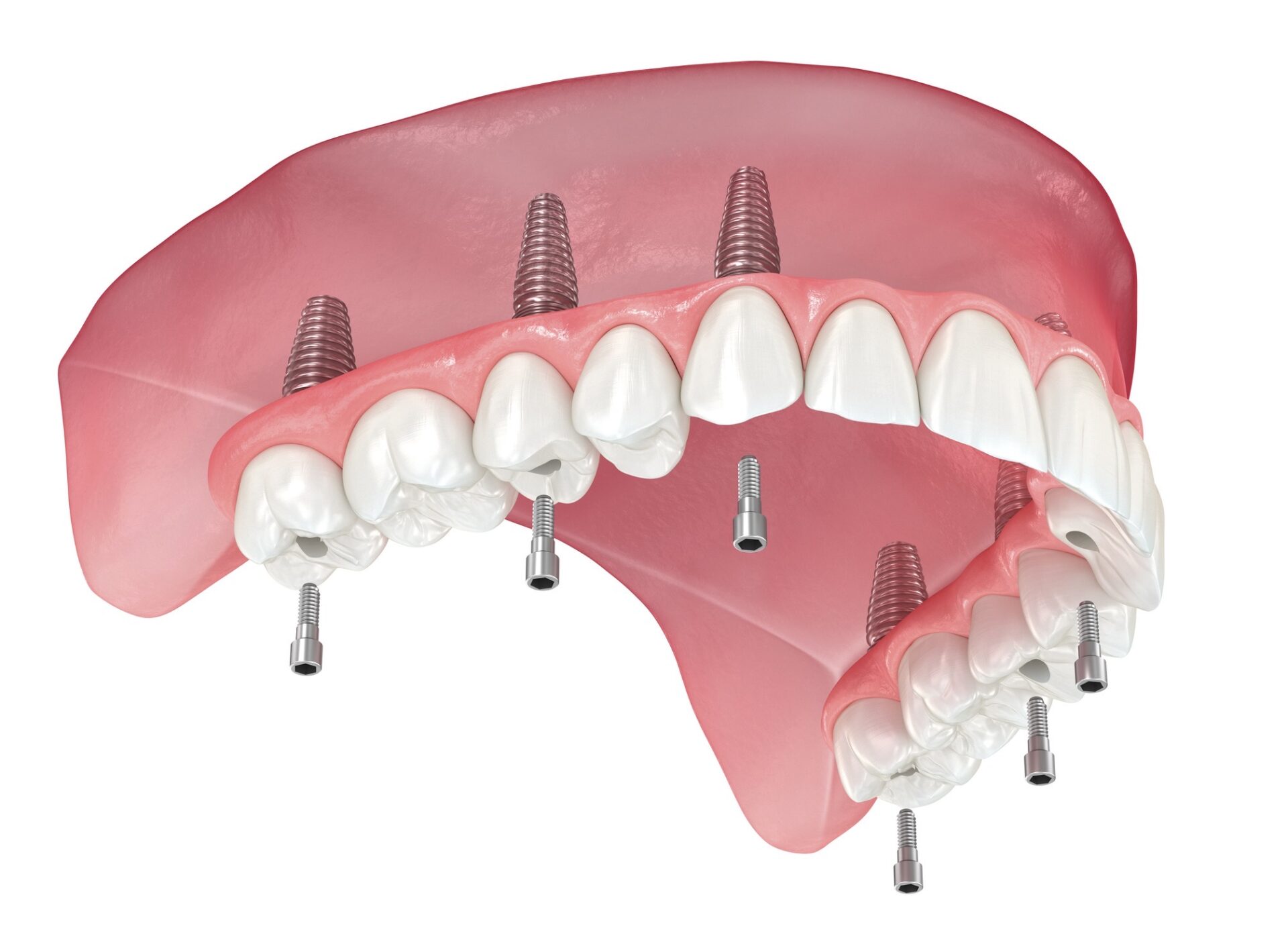- Immediate Post-Operative Care (First 24-48 Hours)
- Rest and Recovery
- Rest for the remainder of the day following your surgery.
- Limit physical activity for the next 48 hours to reduce swelling and aid in healing.
- Bleeding Management
- Some bleeding or redness in the saliva is normal. Apply gauze pads and gently bite down to control excessive bleeding.
- Swelling Control
- Swelling is a normal response. Use an ice pack on the cheek in 20-minute intervals to reduce swelling.
- Pain Relief
- You may experience some discomfort. Take the prescribed pain medication as directed.
- Diet and Oral Hygiene
- Eating Habits
- Stick to soft foods and liquids for the first few days.
- Avoid hot beverages and do not use a straw, as the sucking motion can disturb the implant site.
- Oral Hygiene
- Do not rinse your mouth on the day of surgery.
- Rinse gently with warm salt water multiple times daily, particularly after meals, throughout the following day.
- Activity and Lifestyle
- Physical Activity
- Avoid strenuous activities for at least a week as it can increase bleeding and swelling.
- Gradually return to your normal routine as you feel comfortable.
- Smoking and Alcohol
- Avoid smoking and alcohol consumption for at least 72 hours post-surgery as they can impede healing.
- Long-Term Care and Maintenance
- Regular Cleaning
- Once the surgical site starts to heal, brush and floss around the implant carefully.
- Use a soft-bristled toothbrush and non-abrasive toothpaste.
- Regular Dental Visits
- Schedule follow-up appointments for implant check-ups and cleaning.
- Regular visits are crucial for the longevity of your implants.
- Managing Discomfort and Complications
- Pain and Discomfort
- Mild to moderate discomfort is normal. If pain persists or increases, contact our office.
- Swelling and bruising may also occur but should diminish within a few days.
- Infection Signs
- Watch for signs of infection like excessive swelling, redness, heat, or discharge. Contact us immediately if these symptoms occur.
- Adjusting to Dental Implants
- Chewing and Biting
- Initially, chew on the opposite side of your mouth from the implant site.
- Gradually start using the implant side as healing progresses and it feels comfortable.
- Speaking and Appearance
- You may experience temporary changes in speech. This typically resolves as you become accustomed to the new implant.
- Follow-Up Procedures
- Abutment and Crown Placement
- After the implant has integrated with the bone, an abutment and crown will be placed.
- Follow specific instructions provided for these stages as well.
- Long-Term Success Factors
- Oral Health Maintenance
- Your dental implants will last longer if you take good care of your mouth.
- Brush twice a day, floss daily, and use an antibacterial mouthwash.
- Regular Check-Ups
- Ongoing dental check-ups are vital to monitor the health of your implant and surrounding teeth.
- Lifestyle Adjustments
- If you want your implant to last longer and look better, it helps to eat right and maybe even quit smoking if you smoke.
- Emergency Care
- Urgent Situations
- If you experience severe pain, swelling, or any other concerning symptoms, contact our office immediately.
- After-Hours Protocol
- Follow the after-hours emergency protocol provided in your patient information packet.
Your commitment to following these post-operative instructions is crucial for the success of your dental implants. At Jaline Boccuzzi, DMD, AAACD, PA / JBDentistry, we are here to support you every step of the way in your journey to a restored smile. Should you have any questions or concerns, please don’t hesitate to contact us.
Remember, the integration of dental implants is a process that requires patience, diligent care, and adherence to post-operative instructions. We are confident that with proper care, your dental implants will provide you with a strong and lasting foundation for a healthy, beautiful smile.
